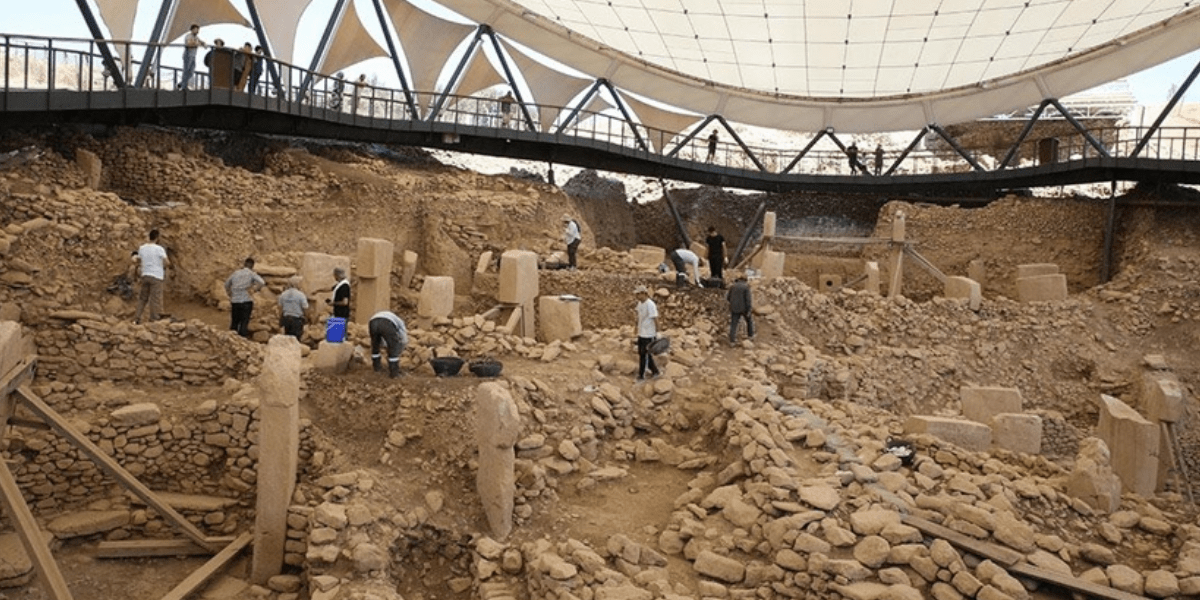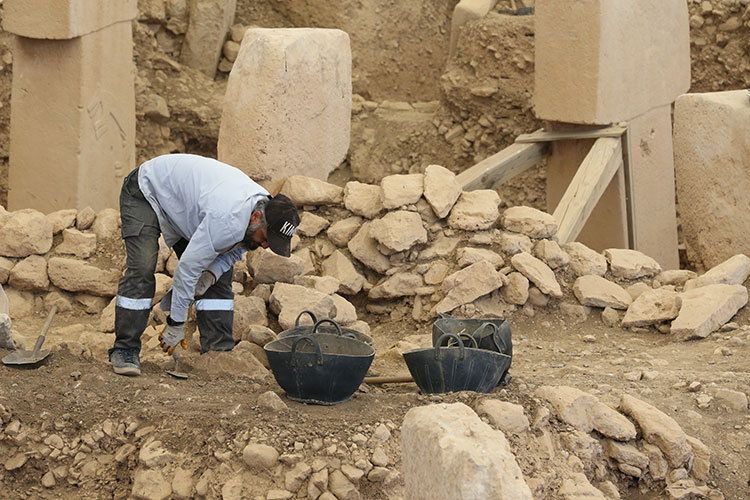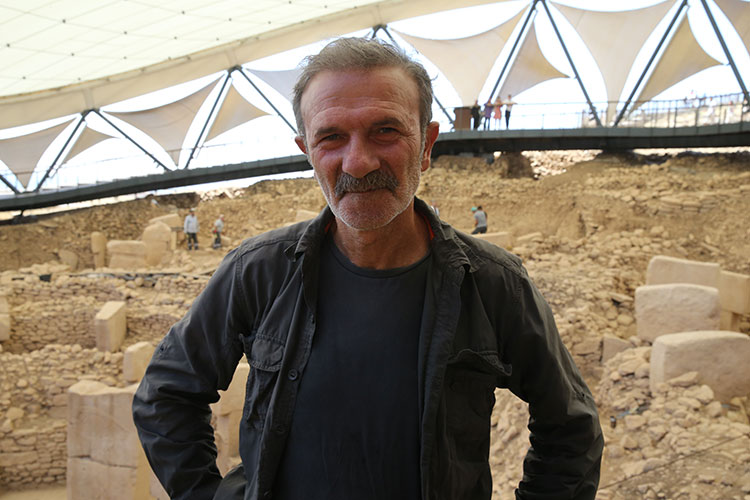
Excavations at Göbekli Tepe will continue until mid-October
The excavations in Göbekli Tepe, which deeply affected the history of humanity, will continue until October this year.
Göbekli Tepe Excavation Head Prof. Dr. Necmi Karul said that one of their goals this season is to continue restoration work as in the past.
Prof. Dr. Necmi Karul said, “Last year we completed the restoration of a place we call the ‘building with a lion’. This year we completed the work on a second building belonging to that period. We are currently continuing excavations in the place where there are monumental structures belonging to the previous phase under the roof of protection. Last year, we came across an artifact called the world’s oldest painted sculpture in this area. Therefore, although the work here seems to be over, there is still much more to be done. Our intensity continues in this area.”

One of the most frequently asked questions is ‘Will we encounter similar finds in the coming days? In the nature of archaeology, you don’t know what you will encounter, we don’t do artifact-oriented work. We are trying to collect the data here. That data is evaluated in laboratory environments after excavations. When we think about it in this context, you have to assume that the work lasts for 12 months, 3-4 months of this period is spent in the field, and the rest is carried out at the university, laboratories and institutes. This year we are here until mid-October. Therefore, we are planning a field work of approximately 4 months.”

Denial of the claim that “excavations have stopped”
Karul stated that the claims shared on some social media accounts that “excavation work in Göbeklitepe has stopped” are unfounded and emphasized that they are saddened by the news made in this context.
Explaining that they come across such news about Göbeklitepe from time to time, Karul said, “As you can see, the work here continues and will continue. On the other hand, another embarrassing issue is the idea that someone has the power to stop the excavations here. No Turkish scientist, no Turkish public official would allow anyone to decide or direct the scientific work here. We expect the public to be at ease in this regard. There is nothing to worry about.”
Cover Photo: Eşber Ayaydın/AA
You may also like
- A 1700-year-old statue of Pan unearthed during the excavations at Polyeuktos in İstanbul
- The granary was found in the ancient city of Sebaste, founded by the first Roman emperor Augustus
- Donalar Kale Kapı Rock Tomb or Donalar Rock Tomb
- Theater emerges as works continue in ancient city of Perinthos
- Urartian King Argishti’s bronze shield revealed the name of an unknown country
- The religious center of Lycia, the ancient city of Letoon
- Who were the Luwians?
- A new study brings a fresh perspective on the Anatolian origin of the Indo-European languages
- Perhaps the oldest thermal treatment center in the world, which has been in continuous use for 2000 years -Basilica Therma Roman Bath or King’s Daughter-
- The largest synagogue of the ancient world, located in the ancient city of Sardis, is being restored











Leave a Reply